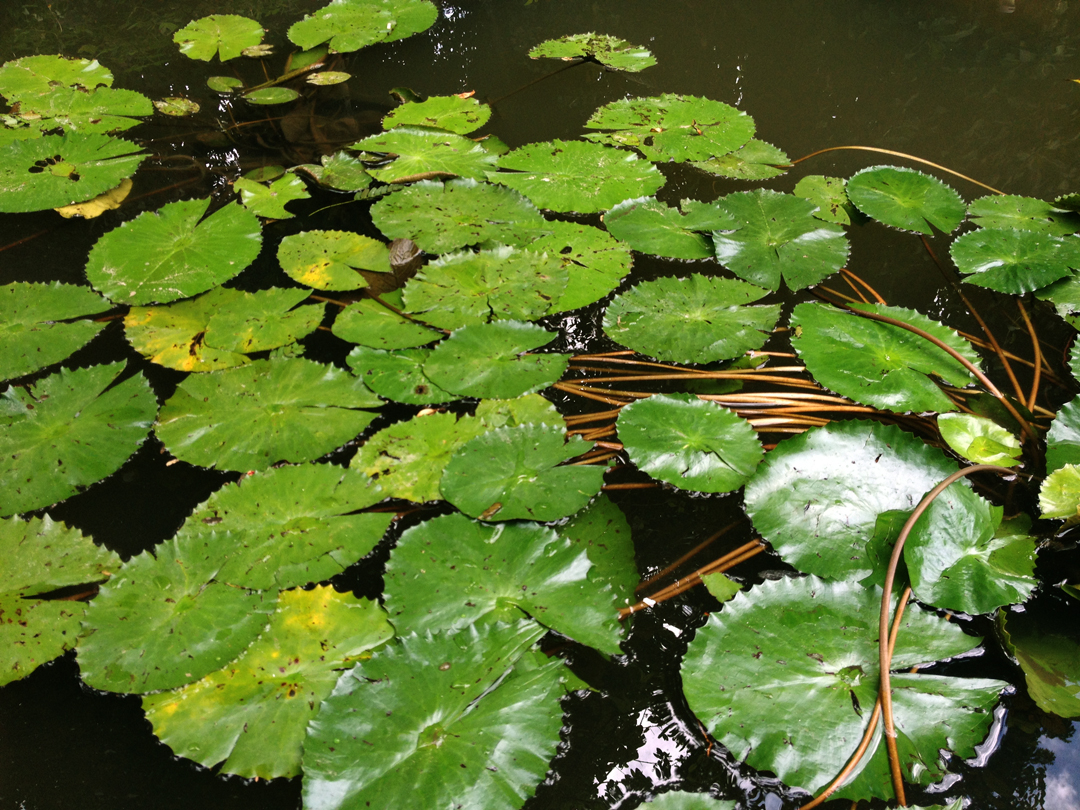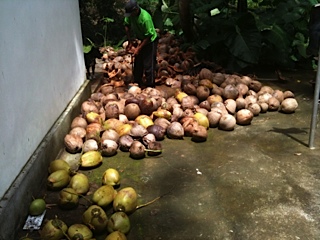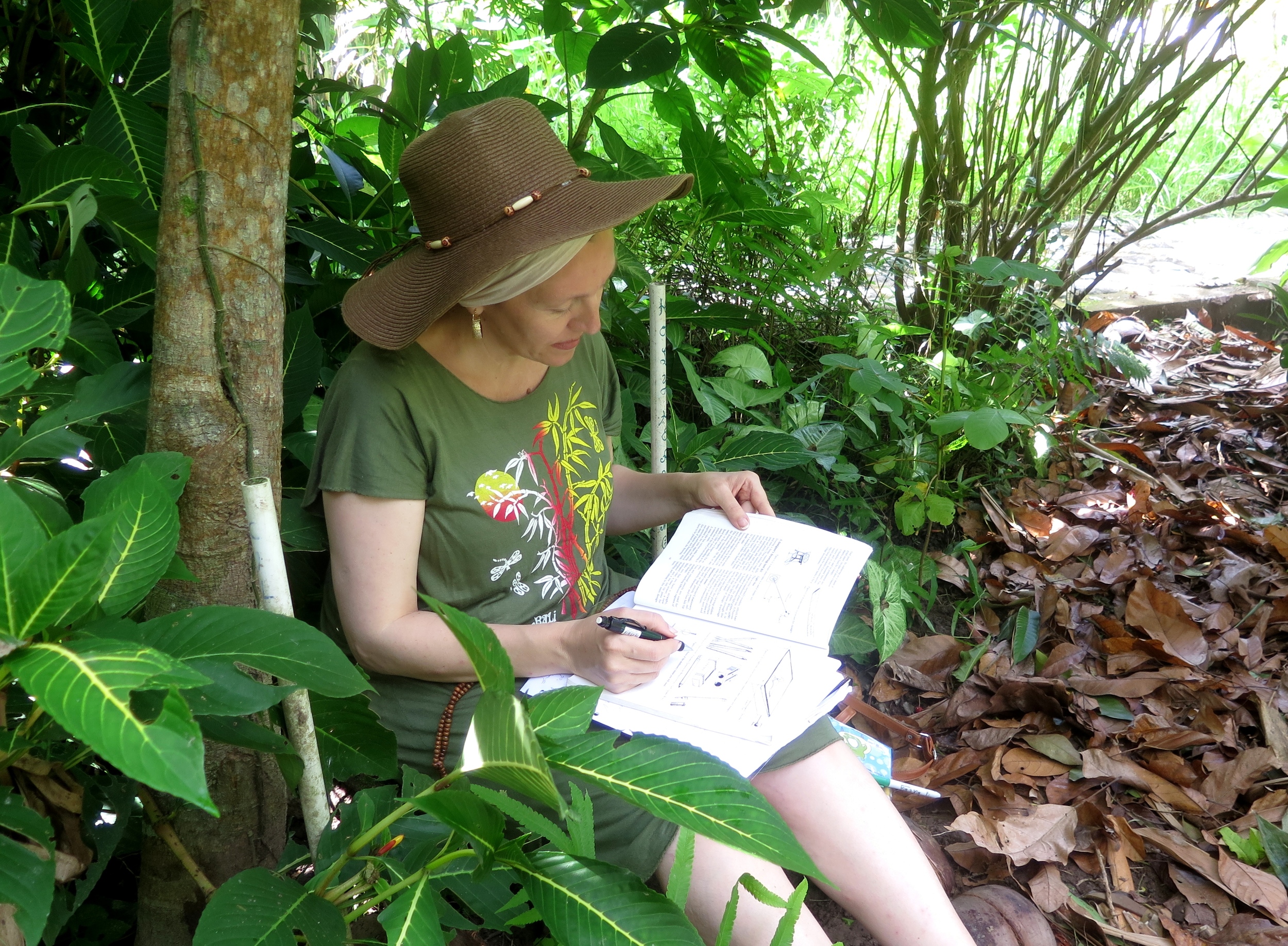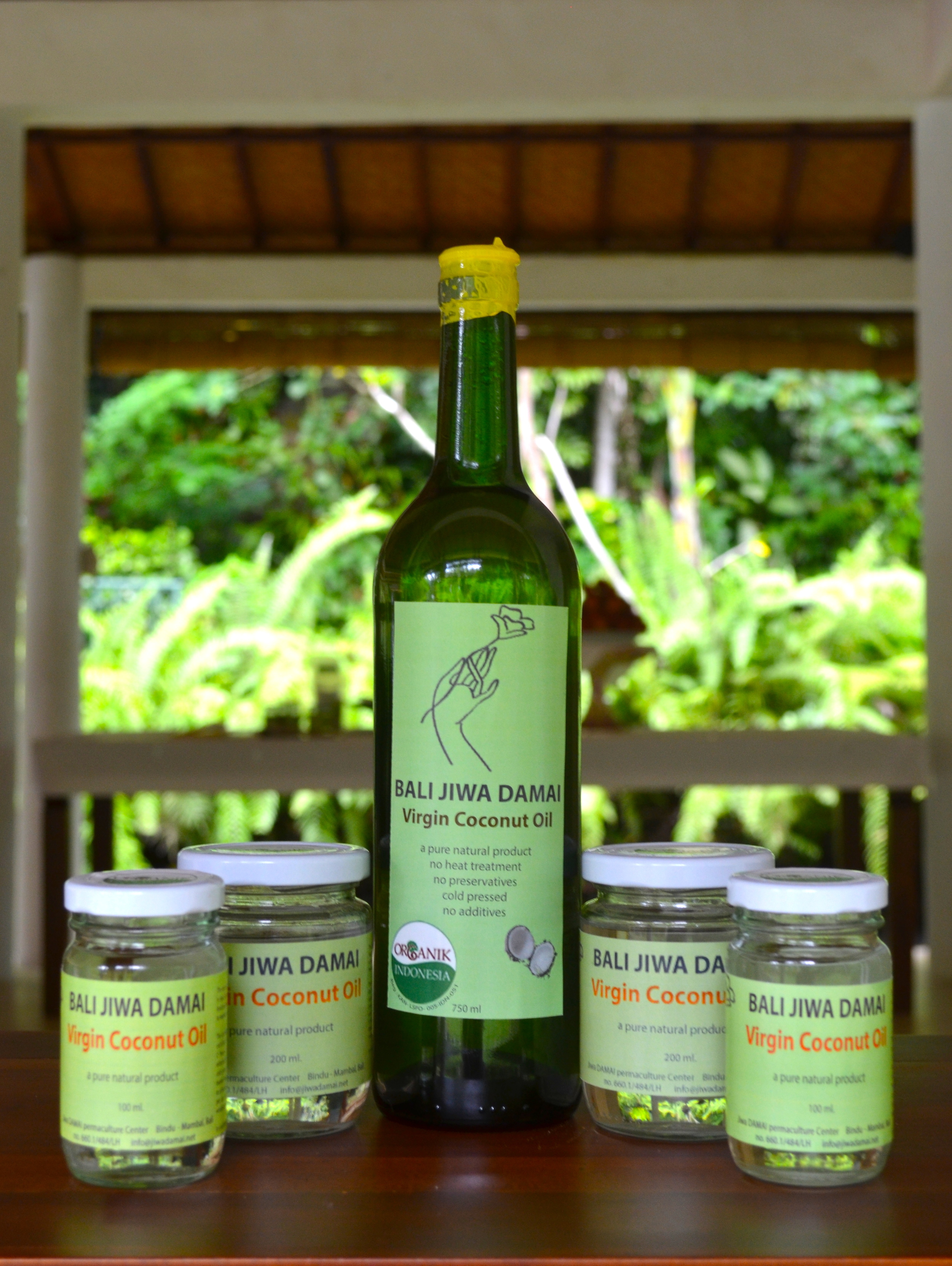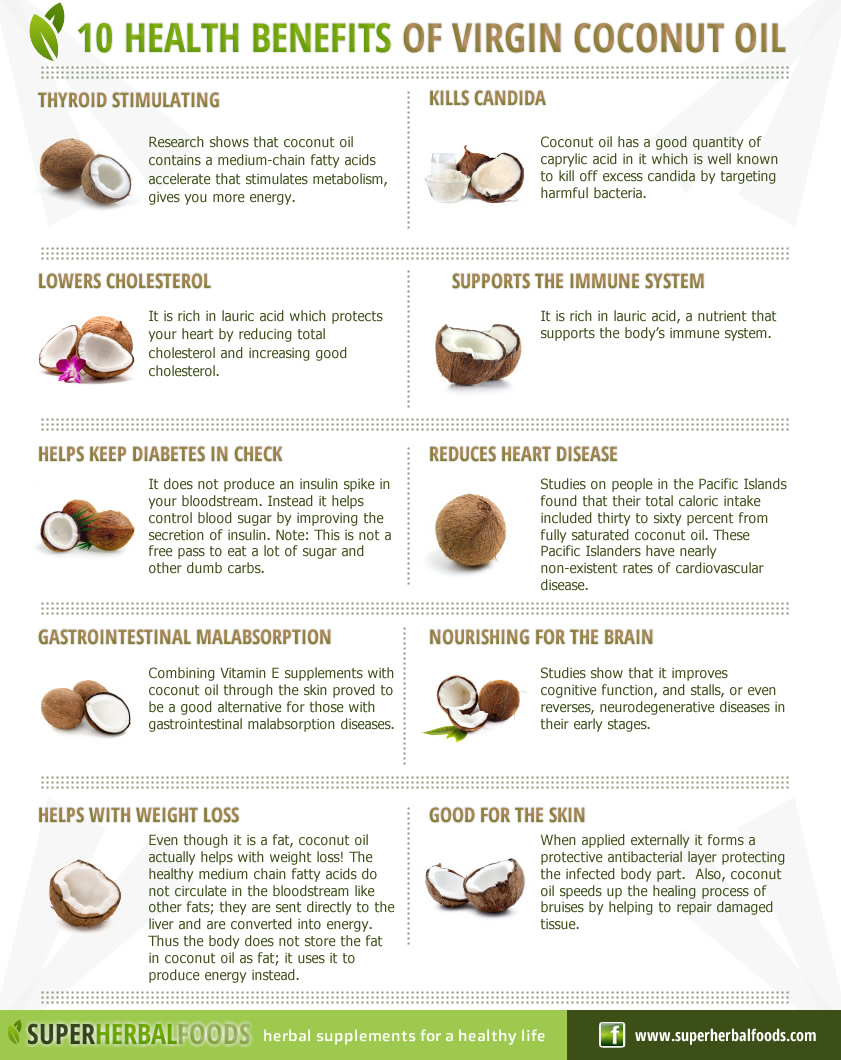Permaculture
/Permaculture – giving love to the earth
When searching for a system to develop the Jiwa Damai garden, quite a few years ago, an introduction to permaculture came to my attention. This book touched me deeply, and determined the direction and the system I would introduce here at Jiwa Damai.
As a result of this choice, for the past eight years, I immersed myself into this design concept, translating it bit by bit into the garden..
Looking back, meeting with various teachers, participating in various classes, acquainting myself with permaculture principles and methods, I introduced permaculture trainings as part of our educational offerings.
I came to respect its inherent healthy and wise approaches to regeneration and as a way to return to a healthy balance with the earth as a living being.
There was one area, however, which stimulated me to reflect for quite some time.
Permaculture provided a design to move deeply into our eco system and release its inherent potential. Its ethics seemed to remain on a theoretical level and I was unable to see the inherent potential of its values shining through and coming alive in its practicing. Yes, there were general values, called ethics, however they did not correspond to the depth of the guidance to working with the land and earth.
I am a transpersonal psychologist, having worked for many years in various international contexts with individuals and groups with empowerment and raising self –esteem. This work is based on an approach I developed and facilitated over the past 30 years: HeartSelf-Intelligence method, which allows to access and the inner voice of the heart and the unfolding of the infinite love within.
After several years of acquainting myself with PC approaches, it became more urgent to deepen the permaculture ethics and the question arose how to integrate the heart energy, the love for the earth and each living being into the intellectual design approach. One way is, of course , to have participants in classes working directly in the garden and while doing compost using this as a meditative approach. However , in the several classes I participated and witnessed, I saw participants refraining from getting their hands into the earth and connect with its living multitude of beings.
After much reflection I have developed a training which is called Permaculture through the heart, integrating Self awareness and personal growth with the rich PC content. Its purpose is, to let the ethics become alive and vibrant while touching and working with the earth.
Integrated with the learning of the PC curriculum is now how to love myself and to allow this love to flow into the earth while practicing the PC techniques and approach. To honor and respect ones Self and as a consequence to honor and love flora and fauna and the life-giving earth I am working with.
It is well researched, photographed and documented How plants react to sound, emotions, rejection anger and love by retracting their energy field or extending it to interact.
This means I need to become aware of the intricate energetic interaction of plant and environment, the powerful influence through my own state of mind and emotions , i.e.my vibrations exert on everything around me.
I can vibrate in a loving energy and thus amplify the PC approach taken in by the plants.
The frequency of my personal vibration influences all interaction and enhances plant growth (adding to the PC compost making as well).
Thus, by integrating the unfolding the HeartSelf-Intelligence method with the Ethics and applied PC a whole new level of awareness and care for myself, others and Earth is unfolding, leading to a rich, multidimensional interaction effecting flora and fauna directly.
Margret Rueffler is the founder of Jiwa Damai Agro-permaculture center and Lagu Damai foundation in Bali.





